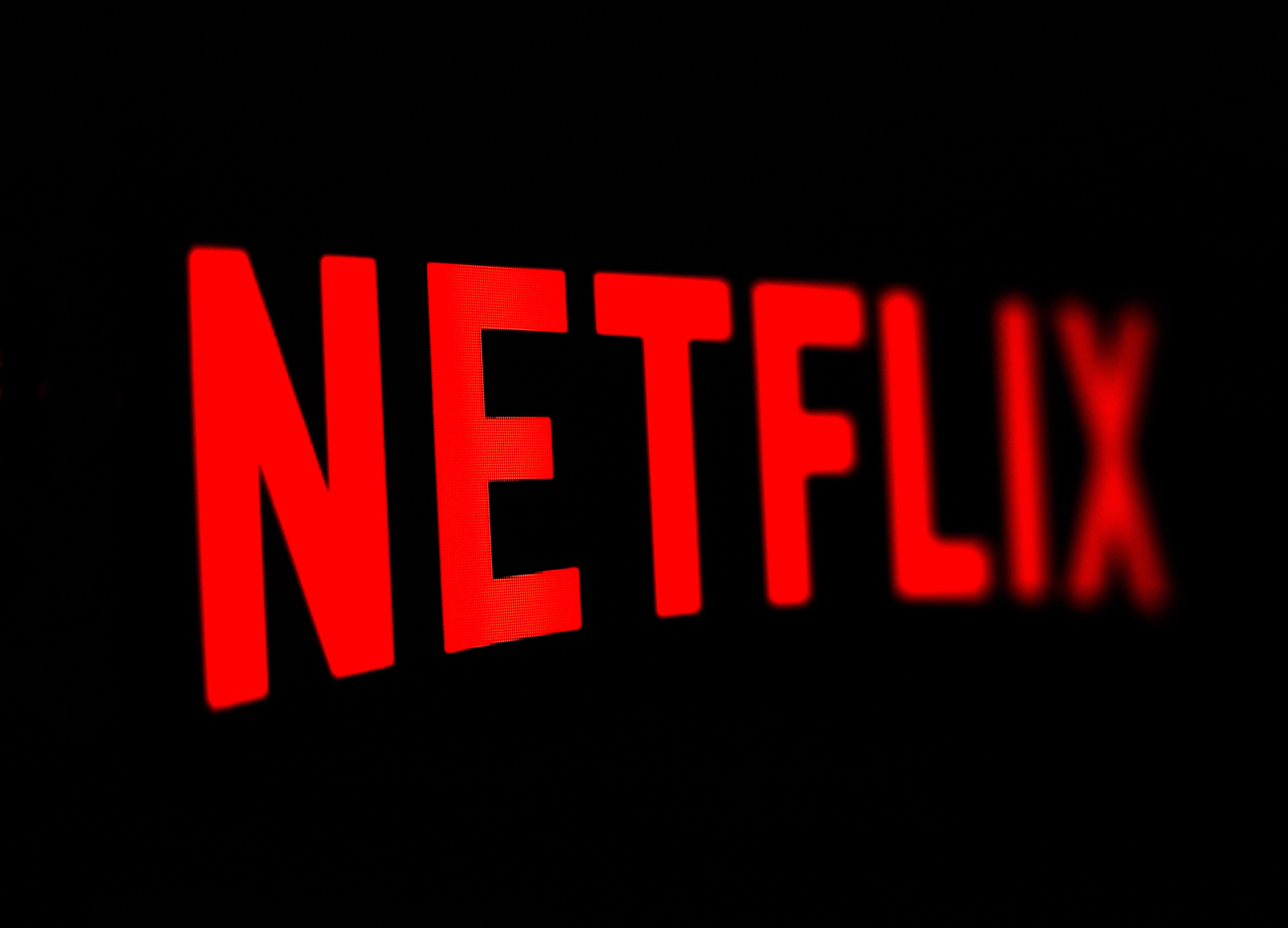How to Bet on Netflix Survival Hits: Renewal Odds, Finale Winners & Top-10 Streaks

There’s a unique thrill that comes with watching a group of determined individuals get dropped into the wilderness with little more than a knife and their own wits. As you watch them battle the elements, hunger, and sometimes each other, a part of you becomes an analyst. You start making predictions: “She’s got the right mindset to win,” or “This show is so good, it has to get a second season.”
What if you could turn those gut feelings into more educated predictions? The world of Netflix content strategy has its own set of rules and patterns, much like the wilderness itself. By paying attention to the right signals, you can get surprisingly good at forecasting a show’s fate.
Deciding on the Renewal Odds
When Netflix decides whether to renew a show, it isn’t just looking at how many people started watching on the first weekend. The calculus is more specific, and for a genre like survival, certain metrics are especially important.
The All-Important Completion Rate
The first metric to consider is the completion rate: the percentage of viewers who start a series and watch it all the way to the end. For Netflix, a high completion rate is a powerful indicator of audience investment. A show that millions of people start but few finish is seen as a failure. A show that a smaller audience starts but nearly everyone completes, like the sleeper hit Alone: Australia, is viewed as a resounding success. Survival shows, with their clear endpoint and escalating tension, are naturally designed for high completion. If you find yourself compelled to watch “just one more episode” to see who taps out, chances are millions of others feel the same way, which heavily favors a renewal.
The 28-Day Viewership Window
Next is the crucial 28-day viewership window. Netflix’s public-facing Top 10 lists are a good starting point, but the internal data that drives decisions is based on total hours viewed within the first four weeks of release. A show that debuts at #1 and stays in the Top 10 for a month is sending a strong signal to executives. A show that appears for a week and then vanishes is likely on the chopping block. Keep an eye on how a new series like Southern Survival or Outlast performs not just in its first few days, but throughout that initial month. A sustained presence is a much better sign than a brief, flashy debut.
Budget vs. Impact: The Efficiency Metric
Finally, think about budget versus impact. A glossy, high-production series with a celebrity host like You Vs Wild needs to pull in massive global numbers to justify its cost. In contrast, a gritty, low-cost series where the contestants film themselves (the Alone franchise model) can be profitable with a much smaller, yet dedicated, audience. This “efficiency” is key. If a survival show delivers strong completion rates and a solid 28-day viewership without breaking the bank, its renewal odds are extremely high. It’s the perfect content investment: low risk, high reward.
Picking the Winner
In competition-based survival shows, predicting the winner is the ultimate armchair challenge. While it seems like the strongest or most skilled person should win, the reality is far more nuanced.
Look for the “Quiet Professional”
The most common mistake is betting on the early leader. Often, the person who is most dominant and vocal in the first few episodes either burns out, becomes a target for others (as seen in Outlast), or makes a critical late-game mistake. Instead, look for the “quiet professional.” This is the contestant who doesn’t get involved in camp drama, speaks calmly in their confessionals, and consistently solves problems without fanfare. They might not get the most screen time early on, but their steady presence is a hallmark of a future winner.
Mental Fortitude Over Brute Strength
Building a waterproof shelter is a great Day 1 skill, but it won’t get you to Day 50. The winners are almost always generalists with immense mental fortitude. The edit will often show you this. When a contestant faces a major setback like a destroyed shelter, a lost tool, or a period of starvation, and they respond with calm problem-solving instead of despair, take note. That resilience is often more valuable than any single physical skill. They prove they can adapt and overcome, which is the true test of survival.
Follow the “Hero Edit”
The producers and editors know who the winner is from the beginning, and they often craft the season’s story to build to that conclusion. Ask yourself: who is getting the “hero edit”? This usually involves a compelling backstory, moments of emotional vulnerability, and scenes where they articulate a deep, personal reason for being there. If the show spends time showing you a contestant’s family photos or having them talk about what winning would mean for their children, they are a strong contender.
The Anatomy of a Top-10 Streak
A show’s journey in the Netflix Top 10 is a measure of its immediate cultural relevance. For a survival show to achieve a long streak, it needs to nail a few key elements.
Engineered for Binge-Watching
The primary driver is bingeability. Survival competitions are inherently structured for binge-watching. Each episode often ends with a contestant tapping out or a new, dramatic challenge being introduced. This “what happens next” factor is incredibly powerful. Unlike a weekly procedural, the desire to see the immediate consequences of a camp dispute or a failed hunt propels viewers from one episode to the next. This structure is designed to maximize viewing hours in a short period.
The Impact of a Strategic Release
The release schedule is another major factor. A survival show that drops on a quiet Tuesday in a month with few other major releases has a clear runway. If it’s released the same day as a pop culture behemoth, it will struggle to capture the spotlight. Smart scheduling can make or break a show’s Top-10 performance by giving it the space it needs to find an audience.
Universal Themes and Global Appeal
Finally, consider the universality of the premise. The beauty of the survival genre is its global appeal. The struggle against nature is a concept that transcends language and culture. A show about building a fire and finding food is just as compelling to a viewer in Tokyo as it is to one in Ohio. This broad appeal helps these shows perform well across Netflix’s international markets, consolidating their position in the global Top 10.
This deeper layer of analysis adds a new and rewarding dimension to the viewing experience, turning your casual predictions into well-reasoned forecasts.







